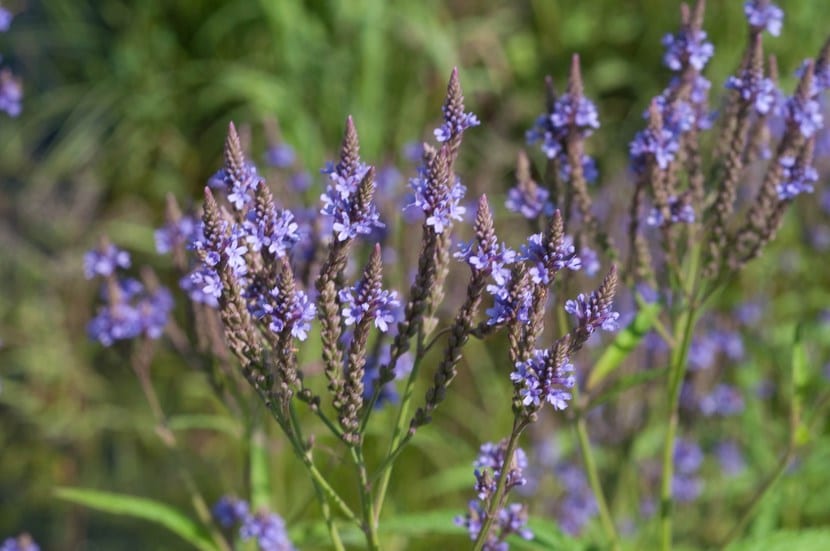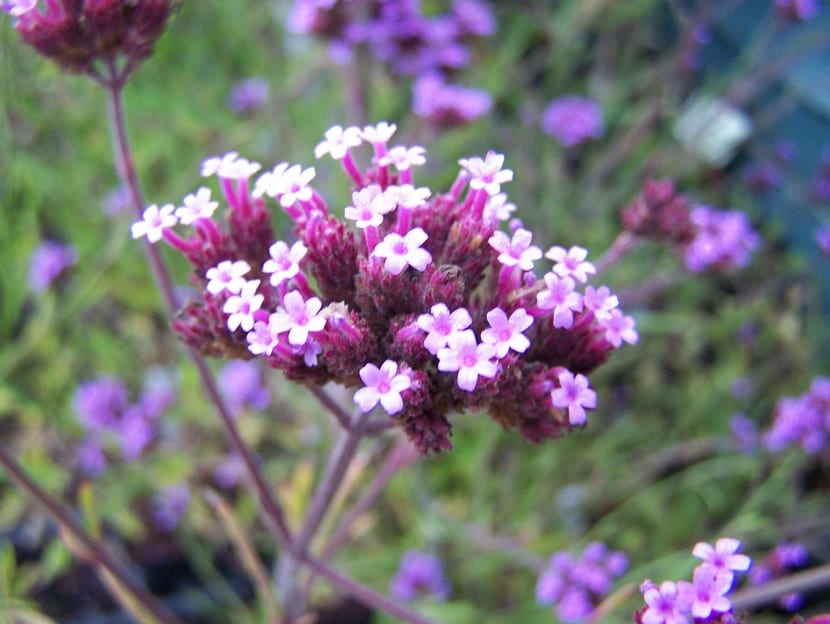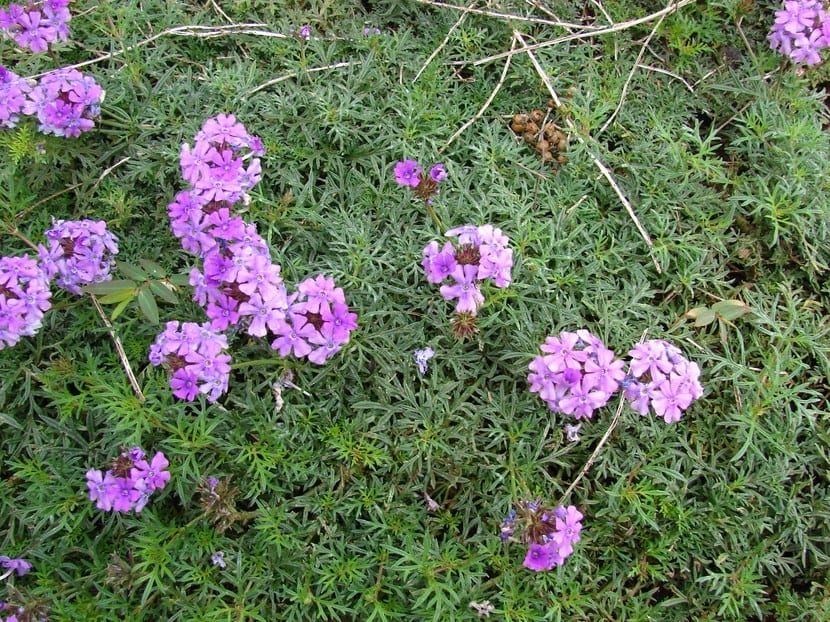
La verbena It is an aromatic plant that is widely cultivated throughout the world. It is a creeping and woody-leaved plant It is not very demanding and can grow anywhere with sun and well-drained soil.
However to start growing verbena It is necessary to know which variety to choose because it is necessary to take into account that there are More than 250 species.
Many varieties
La garden verbena or Verbena X hybryda It is the most cultivated in gardens, an evergreen variety that grows and develops best in warm climates. Although it can grow upwards, the most frequent is that it develops towards the sides, so it is necessary to have a large surface area.
But between the pmain varieties we also have the following festivals:
La purple medicinal verbena or Verbena bonariensis It owes its name to its purple flowers and it is a variety that can be found in Argentina and Brazil, although it is also cultivated in western Europe. It is resistant to drought and its flowering occurs from summer to autumn.
La Blue Verbena or Verbena Astata It is found in the United States and Canada, it has pointed leaves and flowers that are also purple although very small. This variety is used for medicinal purposes.

Verbenas of South America
La Verbena of Peru It owes its name to the growing area from which it originates. It is a creeping verbena with oval leaves that is used in ornamentation because of the way it spreads.
Very different is the pink verbena or vervain laciniata, a variety that also grows in South America that has gray-green leaves and bluish flowers.
Unlike the crawling versions, the tuberous verbena It can reach about 60 cm in height as it has erect stems and pale violet flowers.

Known as weed of spells, the field verbena it is also erect and grows wild in Chile. Its flowers are bluish-white in color and it is widely used in medicine.
In some areas of Argentina and Chile, the moss verbena or tenuisect verbena, a variety that forms dense bushes and due to its similarity with the most classic mosses it has been named that way. The flowers are lilac in color and grows in dry, warm soils.